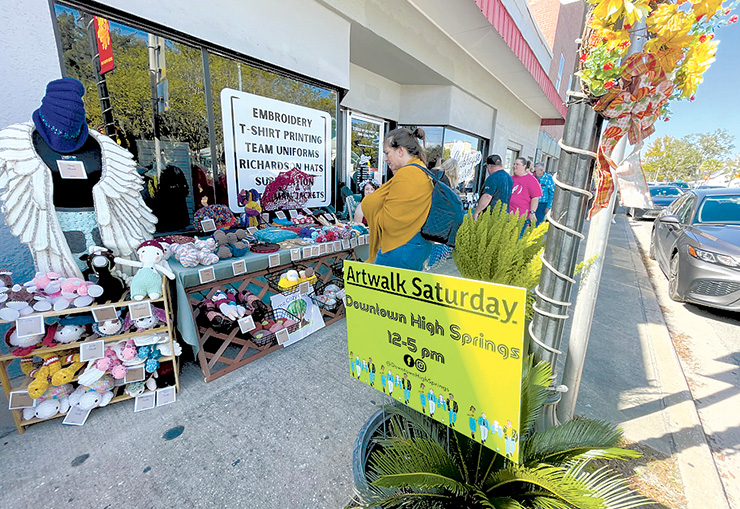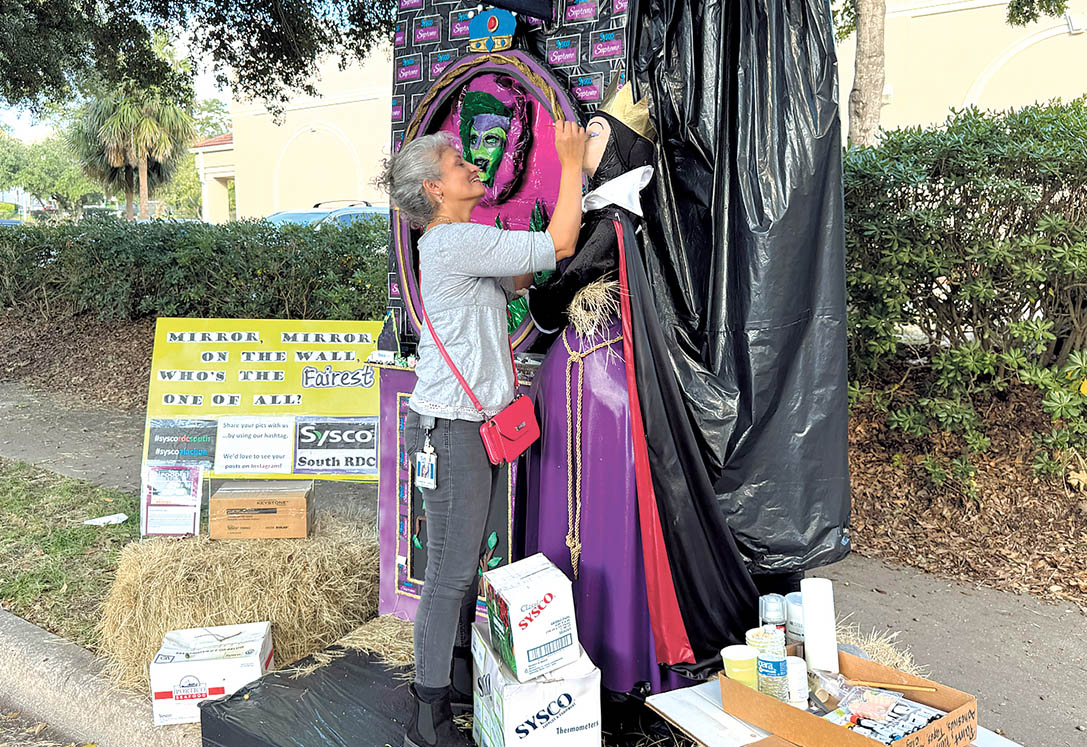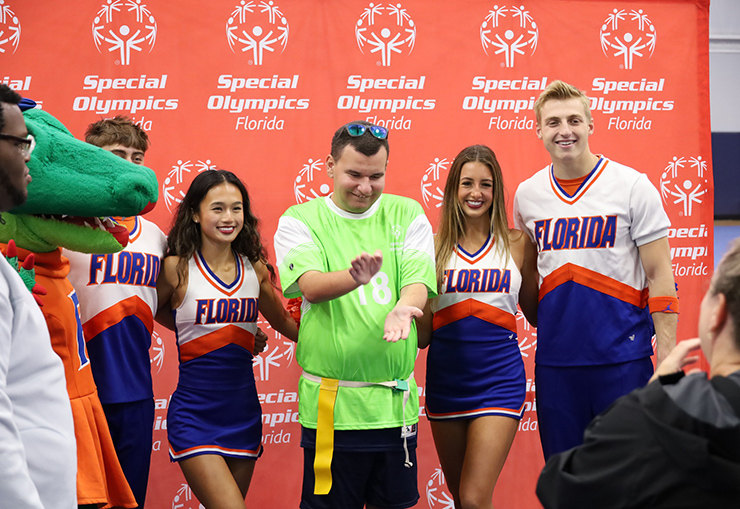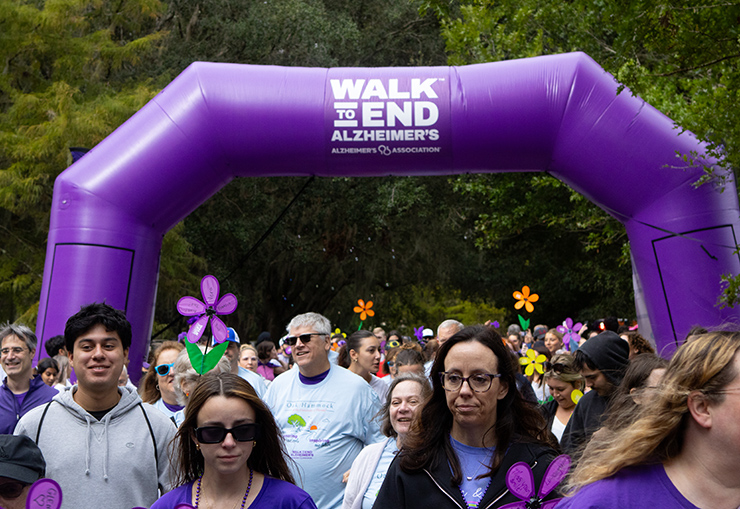The history of vitamin K is a story of a single discovery that later expanded to include a family of related compounds, each with distinct roles in the body. The journey from initial observation to a detailed understanding of vitamin K1 and
K2 spans several decades and involves multiple scientists.
The Initial Discovery of Vitamin K
The story begins in the late 1920s with Danish biochemist Henrik Dam.
- 1929: Dam was conducting experiments on chickens, feeding them a diet that was deficient in cholesterol and fat. After a few weeks, he noticed that the chickens developed a mysterious bleeding disorder, where their blood was slow to clot.
- 1935: Dam concluded that a new, fat-soluble vitamin was missing from the chickens' diet. He named this substance “Koagulations-Vitamin,” which is German and Danish for “coagulation vitamin.” This is where the letter “K” comes from.
- 1939: American biochemist Edward Doisy and his team at St. Louis University isolated and determined the chemical structure of the primary plant-based form of the vitamin, which they named phylloquinone. This substance would later be officially named Vitamin K1.
For their work on the discovery and chemical nature of vitamin K, Dam and Doisy were jointly awarded the Nobel Prize in Physiology or Medicine in 1943.
Vitamin K1 (Phylloquinone)
- Source: From the very beginning, it was clear that the "anti-hemorrhagic" factor came from plant sources, particularly green, leafy vegetables like spinach and kale.
- Function: Early research, and the Nobel Prize, focused on its essential role in blood coagulation. Vitamin K1 acts as a crucial cofactor for an enzyme that "activates" several clotting factors in the liver, including prothrombin (Factor II), Factor VII, Factor IX, and Factor X. Without this activation, these proteins cannot function properly, leading to uncontrolled bleeding.
- Modern Understanding: Vitamin K1's role in blood clotting remains its most well-known and clinically important function. It is used medically to treat bleeding disorders, and is routinely given to newborns to prevent a condition called Vitamin K Deficiency Bleeding (VKDB).
Vitamin K2 (Menaquinones)
The story of vitamin K2 is more recent and has led to a re-evaluation of the entire vitamin K family.
- Discovery of a Second Form: Soon after the discovery of vitamin K1, scientists realized that there was another form of vitamin K. This second form, found in animal products and produced by bacteria, was chemically different. It was named menaquinone and collectively referred to as Vitamin K2. Unlike K1, which has a single chemical structure, K2 is a family of related compounds, designated as MK-4, MK-7, MK-9, etc., based on the length of their side chain.
- Japanese Fermented Foods: A major breakthrough in the understanding of K2 came from research into the traditional Japanese food natto, a dish of fermented soybeans. Scientists discovered that natto was an incredibly rich source of a long-chain menaquinone, specifically MK-7. This led to a boom in research on K2's health benefits.
- Beyond Blood Clotting: While K1 is primarily used by the liver for blood coagulation, researchers found that K2 has a different fate in the body. It is preferentially used by other tissues, especially bone and arterial tissues.
- The “Calcium Paradox”: A key aspect of modern K2 research is its role in “calcium trafficking.” Scientists have discovered that K2 activates proteins like osteocalcin in bones, which helps bind calcium and integrate it into the bone matrix. At the same time, K2 activates Matrix Gla Protein (MGP), a protein that prevents calcium from building up in soft tissues like arteries. This led to the theory that K2 may play a significant role in both bone health (preventing osteoporosis) and cardiovascular health (preventing arterial calcification).
Summary of Key Differences and Modern Research
Feature
Vitamin K1 (Phylloquinone)
Vitamin K2 (Menaquinones)
Primary Source
Green leafy vegetables
Fermented foods (natto, cheese), animal products (egg yolks, some meats), and gut bacteria
Primary Function
Blood coagulation (clotting)
Bone health, cardiovascular health (preventing arterial calcification)
Historical Focus
The first form of the vitamin discovered; initial research focused entirely on this form for its anti-hemorrhagic effects.
A later discovery, with its distinct functions only becoming widely known and studied in the last few decades.
Chemical Structure
A single compound (phylloquinone)
A family of compounds (menaquinones), denoted as MK-4, MK-7, etc.
The history of vitamin K is a testament to how scientific understanding evolves. What began as a single discovery of a “coagulation vitamin” has expanded to encompass a complex family of nutrients with far-reaching effects on human health.
Prosper and be in health.
* * *
William Garst is a consultant pharmacist who lives in Alachua, Florida. He is semi-retired and works part time at Lake Butler Hospital in Lake Butler, Florida. William received his pharmacy degree at Auburn University and a Doctor of Pharmacy from Colorado University. The Pharmacy Newsletter is a blog where you can find other informative columns. He may be contacted at garstcph@gmail.com.
# # #
Email editor@
alachuatoday.com
The history of vitamin K is a story of a single discovery that later expanded to include a family of related compounds, each with distinct roles in the body. The journey from initial observation to a detailed understanding of vitamin K1 and  K2 spans several decades and involves multiple scientists.
K2 spans several decades and involves multiple scientists.
The Initial Discovery of Vitamin K
The story begins in the late 1920s with Danish biochemist Henrik Dam.
- 1929: Dam was conducting experiments on chickens, feeding them a diet that was deficient in cholesterol and fat. After a few weeks, he noticed that the chickens developed a mysterious bleeding disorder, where their blood was slow to clot.
- 1935: Dam concluded that a new, fat-soluble vitamin was missing from the chickens' diet. He named this substance “Koagulations-Vitamin,” which is German and Danish for “coagulation vitamin.” This is where the letter “K” comes from.
- 1939: American biochemist Edward Doisy and his team at St. Louis University isolated and determined the chemical structure of the primary plant-based form of the vitamin, which they named phylloquinone. This substance would later be officially named Vitamin K1.
For their work on the discovery and chemical nature of vitamin K, Dam and Doisy were jointly awarded the Nobel Prize in Physiology or Medicine in 1943.
Vitamin K1 (Phylloquinone)
- Source: From the very beginning, it was clear that the "anti-hemorrhagic" factor came from plant sources, particularly green, leafy vegetables like spinach and kale.
- Function: Early research, and the Nobel Prize, focused on its essential role in blood coagulation. Vitamin K1 acts as a crucial cofactor for an enzyme that "activates" several clotting factors in the liver, including prothrombin (Factor II), Factor VII, Factor IX, and Factor X. Without this activation, these proteins cannot function properly, leading to uncontrolled bleeding.
- Modern Understanding: Vitamin K1's role in blood clotting remains its most well-known and clinically important function. It is used medically to treat bleeding disorders, and is routinely given to newborns to prevent a condition called Vitamin K Deficiency Bleeding (VKDB).
Vitamin K2 (Menaquinones)
The story of vitamin K2 is more recent and has led to a re-evaluation of the entire vitamin K family.
- Discovery of a Second Form: Soon after the discovery of vitamin K1, scientists realized that there was another form of vitamin K. This second form, found in animal products and produced by bacteria, was chemically different. It was named menaquinone and collectively referred to as Vitamin K2. Unlike K1, which has a single chemical structure, K2 is a family of related compounds, designated as MK-4, MK-7, MK-9, etc., based on the length of their side chain.
- Japanese Fermented Foods: A major breakthrough in the understanding of K2 came from research into the traditional Japanese food natto, a dish of fermented soybeans. Scientists discovered that natto was an incredibly rich source of a long-chain menaquinone, specifically MK-7. This led to a boom in research on K2's health benefits.
- Beyond Blood Clotting: While K1 is primarily used by the liver for blood coagulation, researchers found that K2 has a different fate in the body. It is preferentially used by other tissues, especially bone and arterial tissues.
- The “Calcium Paradox”: A key aspect of modern K2 research is its role in “calcium trafficking.” Scientists have discovered that K2 activates proteins like osteocalcin in bones, which helps bind calcium and integrate it into the bone matrix. At the same time, K2 activates Matrix Gla Protein (MGP), a protein that prevents calcium from building up in soft tissues like arteries. This led to the theory that K2 may play a significant role in both bone health (preventing osteoporosis) and cardiovascular health (preventing arterial calcification).
Summary of Key Differences and Modern Research
|
Feature |
Vitamin K1 (Phylloquinone) |
Vitamin K2 (Menaquinones) |
|
Primary Source |
Green leafy vegetables |
Fermented foods (natto, cheese), animal products (egg yolks, some meats), and gut bacteria |
|
Primary Function |
Blood coagulation (clotting) |
Bone health, cardiovascular health (preventing arterial calcification) |
|
Historical Focus |
The first form of the vitamin discovered; initial research focused entirely on this form for its anti-hemorrhagic effects. |
A later discovery, with its distinct functions only becoming widely known and studied in the last few decades. |
|
Chemical Structure |
A single compound (phylloquinone) |
A family of compounds (menaquinones), denoted as MK-4, MK-7, etc. |
The history of vitamin K is a testament to how scientific understanding evolves. What began as a single discovery of a “coagulation vitamin” has expanded to encompass a complex family of nutrients with far-reaching effects on human health.
Prosper and be in health.
* * *
William Garst is a consultant pharmacist who lives in Alachua, Florida. He is semi-retired and works part time at Lake Butler Hospital in Lake Butler, Florida. William received his pharmacy degree at Auburn University and a Doctor of Pharmacy from Colorado University. The Pharmacy Newsletter is a blog where you can find other informative columns. He may be contacted at This email address is being protected from spambots. You need JavaScript enabled to view it..
# # #
Email editor@
alachuatoday.com



















